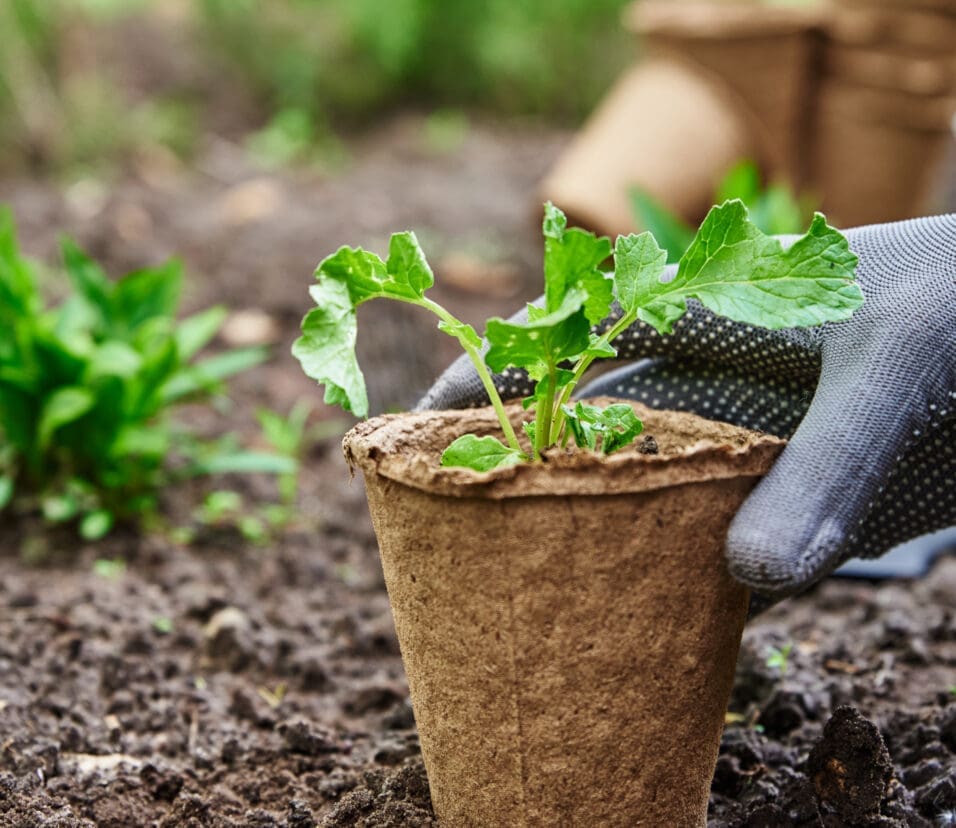5 Best Gardening Tips for Beginners (Part 1)
How to Grow Your Own Home Garden
The Caribbean region is a well-known and suitable place for growing crops because of its favourable climate and conditions. By growing crops in your backyard, you can enjoy the benefits of fresh, flavourful produce, support a healthy lifestyle, and reduce your reliance on store-bought fruits and vegetables, which are often grown with chemicals and transported long distances.
Tip No. 1: DOING AN EVALUATION
A garden journal or planner serves as a valuable tool to help you organise and evaluate your gardening resources and goals. Here’s how to implement this effectively:
1. Assess your Resources:
Begin by assessing your available resources, including the space you have for gardening, sunlight exposure, soil quality, and water availability. Note down these details in your journal or planner to have a clear understanding of what you’re working with.
2. Research Suitable Crops:
Conduct research to identify the crops that are best suited to your specific conditions. Take into account the local climate, temperature, humidity levels, and the length of the growing season in your region. Make a list of crops that are known to perform well in similar conditions. There are many options for growing your own food right at home or even on a small farm. Here are some of the popular crops and their advantages:
- Leafy Greens (Spinach, Lettuce, Kale) – Leafy greens are packed with vitamins, minerals, and fibre, making them excellent for maintaining overall health. They are also versatile, allowing you to enjoy them in salads, smoothies, or cooked dishes.
- Herbs (Basil, Mint, Cilantro) – Herbs add flavour and aroma to your culinary creations. They are rich in antioxidants and can provide various health benefits. For example, basil has anti-inflammatory properties, mint aids digestion, and cilantro is known for its detoxifying effects.
- Tomatoes – Tomatoes are a staple in many Caribbean dishes and are a great source of vitamins A and C. They can be enjoyed fresh in salads, used in sauces, gravies or incorporated into salsas. Growing your own tomatoes ensures a supply of fresh, flavourful fruits without the use of harmful pesticides.
- Peppers – Peppers, such as bell peppers and hot peppers, add spice and vibrant colours to your meals. They are high in vitamin C and antioxidants, providing immune-boosting properties. Hot peppers in particular, contain capsaicin, which has been shown to have pain-relieving and metabolism-boosting effects.
- Cucumbers – Cucumbers are hydrating and refreshing, making them a popular choice in the Caribbean’s warm climate. They are low in calories and high in vitamins and minerals, including vitamin K and potassium. Cucumbers can be enjoyed fresh, pickled, or added to salads and sandwiches.
- Beans – Beans are a nutritious and affordable source of plant-based protein. They are rich in fibre, vitamins, and minerals, and have been linked to numerous health benefits, including improved digestion, heart health, and blood sugar control. They can be used in soups, stews, or side dishes.
- Okra – Okra is a versatile crop that is rich in fibre, vitamins A and C, and antioxidants. It is known for its mucilaginous texture, which acts as a natural thickener in stews and soups. Okra is also believed to have anti-inflammatory and anti-diabetic properties. It is also one of the main ingredients in the national dish of Barbados, known as coucou and flying fish.
- Root Vegetables (Sweet Potatoes, Yams, Carrots) – Root vegetables are nutritious and versatile. Sweet potatoes and yams are excellent sources of complex carbohydrates, fibre, and vitamins. Carrots are rich in beta-carotene, which is beneficial for eye health. These vegetables can be boiled, roasted, mashed, or added to various dishes.
- Fruit Trees (Mangoes, Papayas, Bananas) – Growing fruit trees in your backyard provides you with a supply of fresh, tropical fruits. Mangoes are rich in vitamins A and C, while papayas are high in vitamin C and contain an enzyme called papain that aids digestion. Bananas are a good source of potassium and dietary fibre.

3. Evaluate Seed or Seedling Options:
Based on your resource assessment and crop research, consider whether to start with seeds or seedlings. Seeds offer a wider variety of options and are often more cost-effective, but they require more time and care. Seedlings provide a head start but may have a more limited selection. Decide which option aligns best with your resources and gardening goals.
4. Create a Garden Plan:
Using your garden journal or planner, sketch out a garden plan that takes into account the available space, sunlight patterns, and the specific needs of your chosen crops. Determine where each plant will be placed, considering factors like plant height, sun requirements, and potential for companion planting.
5. Track Progress and Make Notes:
Throughout the gardening season, use your journal or planner to record important observations, such as planting dates, watering schedules, fertilisation, and pest management efforts. Note any successes, challenges, or lessons learned. This information will be valuable for future reference and improvement.
To find out about the other 4 Tips you must join us for Part 2 next week!







